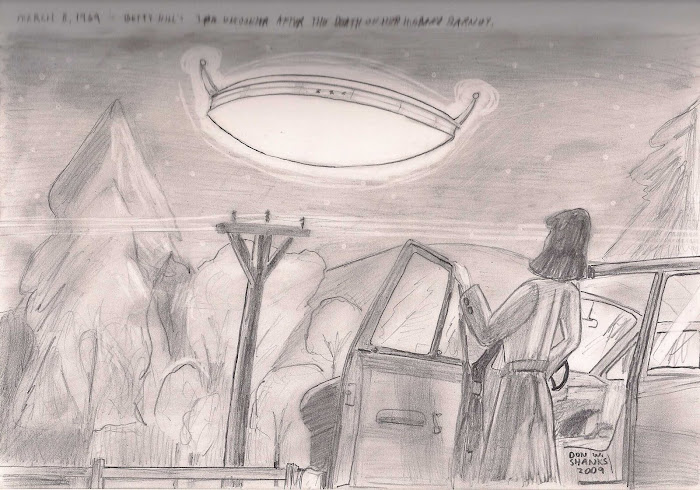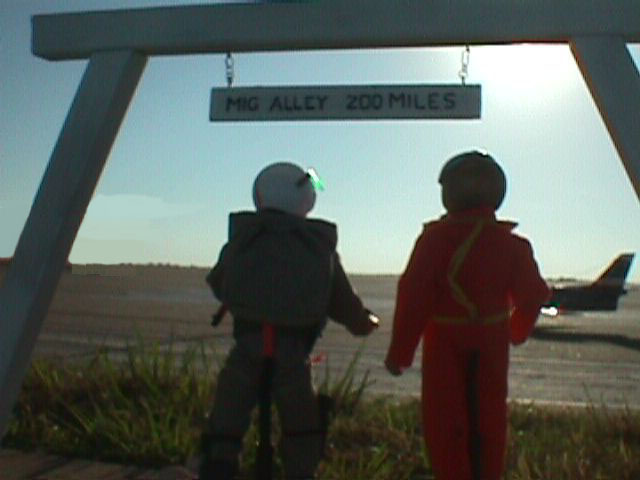
September 23, 2009. NASA announches that there are small amounts of water on the surface of the moon. For years, scientists thought that previous spacecraft might have had slight contamination from Earth and had sent back misleading indications that they had found water on the moon. It has long been suspected that there might be frozen ice in deep craters where sunlight never gets to them at the poles.
Planetary geologist Carle Pieters of Brown University said the following, "Widespread water has been detected on the surafce of the moon. What we're detecting is completely unexpected. The moon continues to surprise us."
Recent observations by several spacecraft such as the Indian Chandrayaan-1 satellite, NASA's Cassini, and NASA's Deep Impact probe have forced the world's scientists to reconsider what they know about the lunar surface. All three of these spacecraft detected the spectral signature of water (the wavelengths of light that it reflects) all across the lunar surface. The signal was strongest at the lunar poles. Signal strength also depended on the local lunar day.
"The entire surafce of the moon will be hydrated durning at least part of the lunar day." So says Jessica Sunshine, University of Maryland and the deputy principal investigator for NASA's Deep Impact extended mission and the co-investigator for the Moon Mineralogy Mapper(M3) which is carried by the Indian satellite Chandrayaan-1.
What form the water takes on the lunar surface is nto clear yet although several theories are now being developed. It is seeping from underground (and or former lunar underground ruins according to Richard C. Hoagland-guest Science Advisor to the Coast to Coast Am radio program).
And the findings keep coming in-the Lunar Reconnaissance Orbiter and the LCROSS impactor are set to explore the lunar south pole craters looking for water ice. The fluctuating signals seen throughout the day could indicate that the water is migrating across the surface toward colder, higher latitudes and eventually the poles.
Pieters are putting forth the theory that "If the water molecules are as mobile as we think they are - even a fraction of them - they provide a mechanism for getting water to those permanently shadowed craters."
There is similar migration seen on Jupiter's moon Ganymeded and on Saturn's moon Iapetus.
As for Mars, the news was just as good. NASA reports that its Mars Reconnaissance Orbiter spotted ice at five new Martain craters, likely kicked up by meteor impacts. Megan Kennedy of the Malin Space Science Systems of San Diego said, "We now know we can use new impact sites as probes to look for ice in the shallow subsurface."
"This ice is a relic of a more humid climate from perhaps just several thousand years ago." Shane Byrne of the University of Arizona added.
The robot exploreres on ars have found ice on the surface before. Planetary scientists have seen what might be the shores of a giant river and seas on Mars. Louis Friedman, executive director of The Planetary Society said the following, "This is a real water resource."
_
REF. Reuters.com. Chris Wilson, September 24, 2009. (http://www.reuters.com/article/scienceNews/idUSN2436167620090924)
Space.com. September 24, 2009. Andrea Thompson (http://www.space.com/scienceastronomy/090924-moon-water-reaction.html).








+033.jpg)
2 comments:
That is so awesome. It will be interesting to find out more.
I know this research actually underlines how inhospitable the lunar environment is, but it's still exciting. The more we learn, the more chemical diversity we discover on other worlds.
Post a Comment